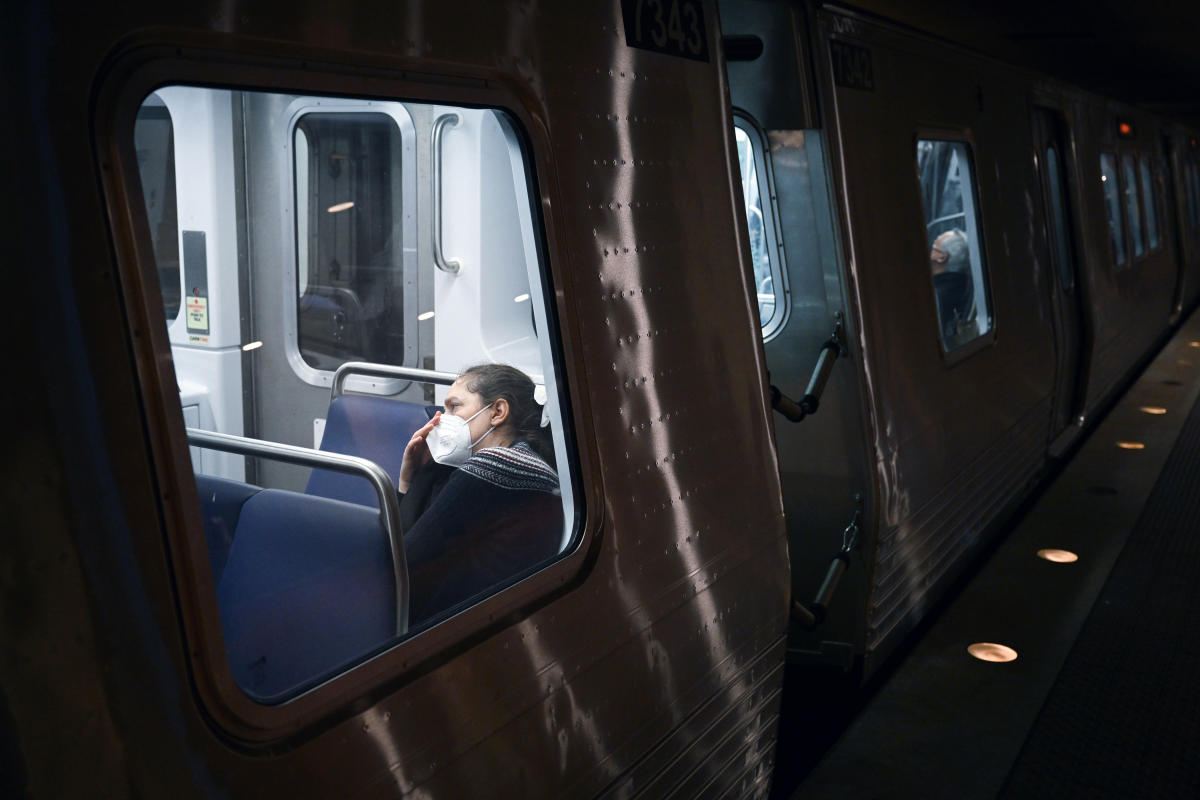Concerns Among Medically Vulnerable People Grow as CDC Prepares to Drop Isolation Recommendation
Medically vulnerable individuals are growing increasingly concerned as the Centers for Disease Control and Prevention (CDC) plans to withdraw its long-standing recommendation of a five-day isolation period for those with COVID-19. These changes are prompting worries among individuals with compromised immune systems, who fear their colleagues may return to the office while still contagious.
Uncertainty for Medically Vulnerable
The discontinuation of paid leave policies for employees with COVID-19 contributes to further anxiety in the medically vulnerable population. New York, the only state still mandating paid leave for COVID-19 isolation, is considering ending this benefit, exacerbating concerns over their health and financial stability.
At the heart of the apprehension lies the CDC’s decision to treat COVID-19 as a regular respiratory virus. This forthcoming change, initially reported by The Washington Post, suggests a return to schools and workplaces if an individual has been fever-free for 24 hours, with mild and improving symptoms. While this adjustment has gained support from reputable physicians and public health experts, critics argue that COVID-19’s unique risks and potential long-term consequences should not be underestimated.
Lisa Savage, a 60-year-old retired nonprofit fundraiser from Charleston, S.C., with autoimmune diseases, expresses her uneasiness about the CDC’s proposed changes. She feels isolated due to the inevitable disparity in health risks between individuals with compromised immune systems and those without.
The CDC is expected to release a proposed revision to isolation guidelines and seek public feedback in April. However, the scientific understanding remains the same—COVID-19-positive individuals, even without symptoms, can transmit the virus early in their illness.
Challenges and Compromises
States like Oregon have already eliminated the five-day isolation requirement for COVID-19 cases, instead recommending individuals stay home until they have recovered and wear masks when interacting with others. Comparing Oregon’s approach with California’s retention of the five-day isolation, data shared with the national association representing state health officials shows no disproportionate increase in transmission or severity.
While health-care professionals acknowledge that loosening isolation guidelines raises risks for immunosuppressed individuals, they also consider the downsides of extended isolation, such as work and school disruptions. Striking a balance between public health protection and individual autonomy remains a complex challenge.
Katelyn Jetelina, an epidemiologist, emphasizes that COVID-19 health policy is multifaceted, requiring consideration of trade-offs among a diverse U.S. population with varying priorities, risk factors, behaviors, and beliefs. Ultimately, the guidance should be not only protective and feasible but also action-oriented.
The public health community also emphasizes that easing isolation guidelines should not be interpreted as society sacrificing the immunocompromised or elderly in an effort to minimize economic disruptions. Rather, it should be seen as a way to find a balance that addresses public health risks without causing unnecessary fear or negligence.
Complexities of Isolation
Pediatric infectious-disease expert Paul Offit asserts that focusing on isolating when sick, regardless of the specific virus, would benefit high-risk individuals. Understanding that all respiratory viruses, including COVID-19, can lead to hospitalization or worse, it is essential to consider the consequences of the virus’s spread.
Proponents of continuously easing isolation guidelines argue that requiring a five-day isolation period for mild illnesses may deter individuals from testing for COVID-19. For that reason, some parents refuse to have their sick children tested, as a positive result would lead to a mandatory isolation period and consequently disrupt their lives.
The pressure on parents to keep their children up-to-date with school attendance exacerbates the issue. Pediatricians find themselves in a bind between public health concerns and the full-time education and social needs of their young patients. Balancing between these is challenging, but corrective measures could protect vulnerable populations from unnecessary exposure.
The changing landscape of isolation guidelines, as reflected by future CDC recommendations, requires a holistic perspective. It is crucial to acknowledge the longevity of the virus’s impact, including concerns around long-COVID and the potential severity of the disease. Moreover, the changing rules regarding paid isolation leave also need to be carefully evaluated to protect the well-being of employees while not discouraging testing and isolation efforts.
As the CDC continues to update its guidelines, striking the right balance between public health and individual well-being remains a challenging but crucial goal.
